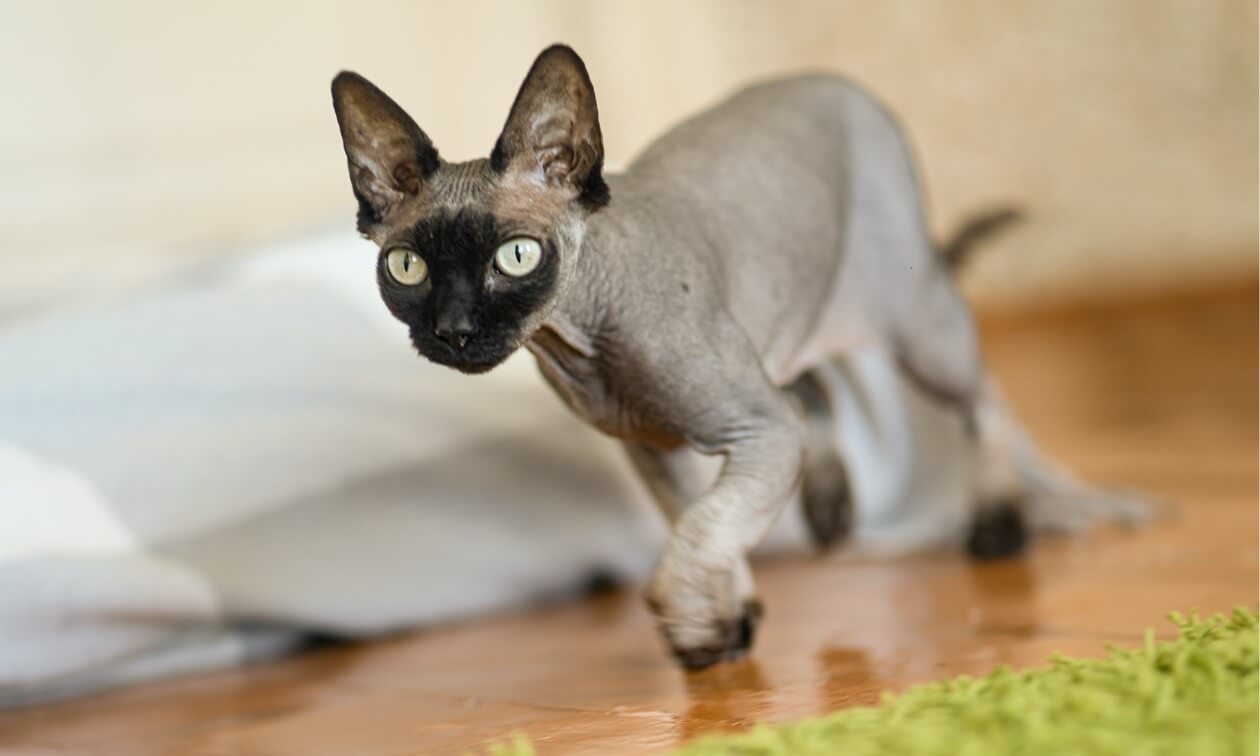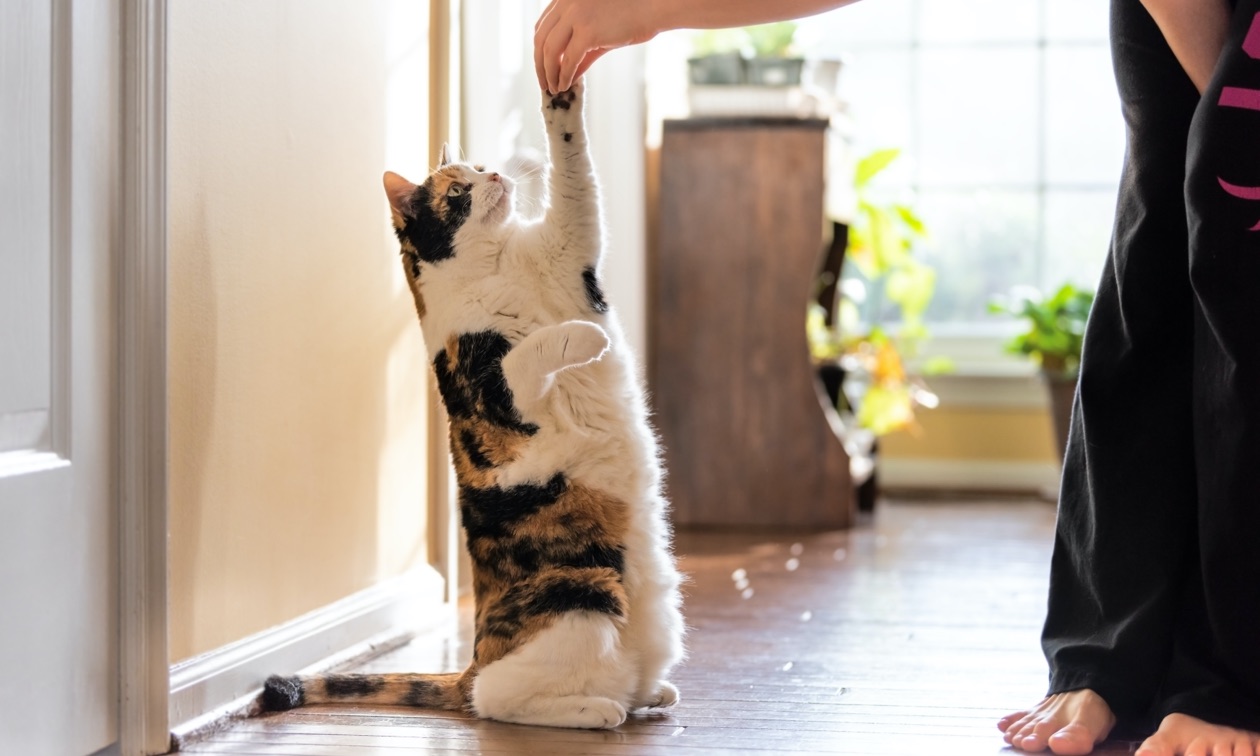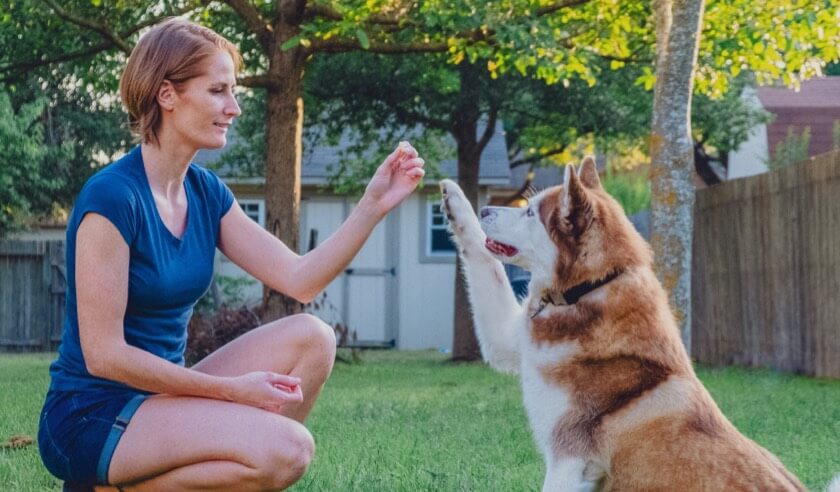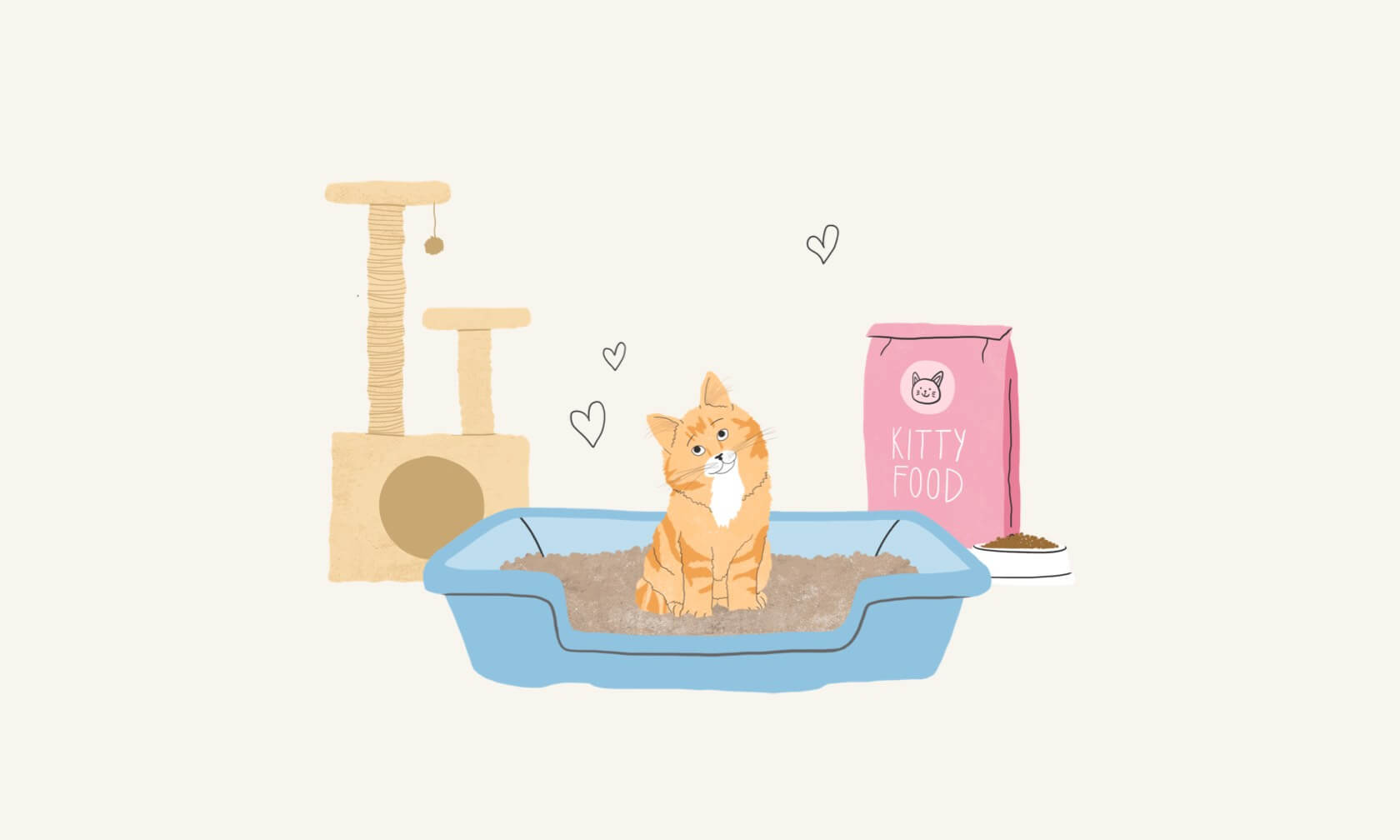Dogs are known to be great fetchers, but what about cats? Most cats love chasing down a toy when you toss it across the room, but then you have to run over to pick the toy up and toss it again. While that's great exercise for you, it might be nice if your cat brought the toy back to you, right? That’s where teaching a cat to fetch comes into play.
Is It Hard to Teach a Cat to Fetch?
Teaching fetch can be a bit more challenging for some cats than it is for dogs. Fetch includes multiple skills — chasing the toy, picking it up, carrying it back to you, and dropping it into your hand. Some cats do one or two of these steps naturally, but others don't. Where you start in the training process depends on what your cat will do on their own.
Cat Training Basics
It's best to work on training when your cat is relaxed and the room is quiet. If they won't focus on you, the session won't go well. Most sessions will only be a couple of minutes long. When your cat is done, you're done.
You'll be using positive reinforcement for this training, rewarding your cat to encourage them to repeat the behavior. Tiny treats are best for this. If your cat isn't food motivated, you can use anything they love, but it should be something you can do quickly so they can return their attention to the training.
If you've done clicker work with your cat and they understand a click = a reward, you can use the clicker throughout this process. If your cat isn't clicker trained, you'll use a short, clear, "Yes!" each time your cat completes the behavior you're looking for. The click or "Yes!" are your markers. They're a super-precise way to say to your cat, "What you're doing in this exact second is what I want, and I'll reward you for it."
Teaching Your Cat to Fetch
If your cat naturally chases and picks up toys that you throw:
- Start by rolling a toy a foot or two away from you. The second your cat picks the toy up, say "Yes!" (or click) and give them a reward.
- Do this until your cat understands that picking the toy up is what earns the reward.
- Now, when they pick the toy up, call them back to you. If they come right over with the toy, that's great. Mark with "Yes!" or click and reward as they get to you.
- If they don't walk all the way back to you with the toy, break the behavior down, rewarding tiny moves in the right direction. Maybe they turn and look at you with the toy still in their mouth. The second they turn, say "Yes!" and reward. Do this a few times. Then ask for more. They don't get a reward for turning but are rewarded for turning and taking a step. Then a few steps. With repetition, always marking the new behavior with "Yes!" (or click) and rewarding, they'll transition to walking all the way over to you with the toy.
- When they have this down, start holding your hand under the toy, so it falls into your hand when they drop it. Say "Yes!" (or click) as soon as the toy hits your hand and reward.
- After a few tries, move your hand a little further away from your cat, so they're the one who has to position the toy so that it falls in your hand. Mark and reward.
If your cat doesn't chase and pick up toys naturally:
- The first step is to teach them to pick something up for a reward. To start, you need an item they can pick up that can hold a treat. The treat will encourage them to pick the item up off the ground. Be creative here. One option is to use a very small webbed or woven treat ball. These are formed using a web pattern versus a solid plastic treat ball, which a cat wouldn't be able to pick up in their mouth.
- Place a treat in the exterior webbing of the ball, so your cat can reach for the treat with their mouth. When your cat shows any interest in it, even if it is just a sniff, say "Yes!" (or mark with a click) and give them a treat (not the treat in the treat ball). Repeat this several times.
- Then hold off on the marker and reward until your cat opens their mouth and reaches for the treat ball. As soon as they do, say "Yes!" and give them a treat (again, not the one in the treat ball). Do this several times.
- Then remove the treat from the ball. Hold the ball in front of your cat. Even without the treat, they should perform the same behavior, reaching for the ball with their mouth. As soon as they take the ball in their mouth, say "Yes!" and reward.
- Once your cat has this down, hold the ball in the palm of your hand. Your cat should naturally try to pick the ball up with their mouth. As soon as they do, say "Yes!" and reward.
- After a few successful attempts, wait to mark and reward until your cat drops the ball back in your hand. Be patient. This isn't easy to teach. But you're making progress each time they get it right and hear "Yes!" followed by a reward.
- When your cat reliably performs this behavior, start setting the ball on the floor in front of them. You want them to pick the ball up just as they did when you were holding it and then drop it into your hand. They may need some encouragement at first. Mark each success with "Yes! or a click.
- When your cat is ready, you can try getting them to perform this same behavior with other toys.
- Next, place the toy a bit further away from your open hand. This means your cat must pick the toy up and then take a few steps to drop it into your hand. The moment they drop the toy, say "Yes!" (or click) and reward.
- Continue to put more distance between your hand and the toy. Then transition to tossing the toy about a foot away, two feet, and so on. Continue marking and rewarding them when they drop the toy in your hand.
Whichever method you use, try adding the verbal cue, like "fetch," once your cat can reliably perform the behavior. The verbal cue will replace you calling them over to you when you toss the toy.
ZPC-02354





